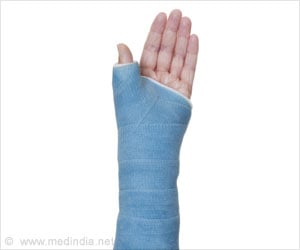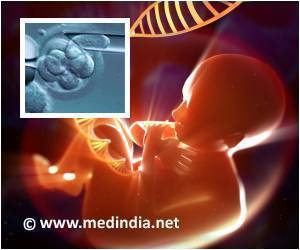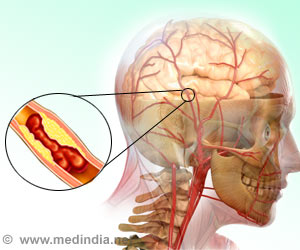US scientists have identified a protein that could be key to cell migration and healing of wounds after angioplasty.
They seem to have zeroed in on the mechanism that is critical to wound healing and the progression of diseases like cancer. The drug commonly used on stents to prevent reclosure of coronary arteries uses such a mechanism to regulate cell movement. The study is published in the April 16th issue of the Journal of Biological Chemistry.The antibiotic, rapamycin, is used on drug-eluting stents implanted during angioplasty because it is effective in preventing restenosis (re-narrowing or reclosure) of arteries. However, rapamycin can also prevent tissue from growing over and covering the metal stents, a critical part of the artery's healing after angioplasty. Without this protective covering, blood clots can develop many months later, called late stent thrombosis. These clots can lead to a heart attack.
"Late stent thrombosis has emerged as a major factor diminishing the benefits of drug-eluting stents, highlighting the need for a better understanding of the antimigratory mechanism of rapamycin and its analogs," notes lead researcher T. Cooper Woods, PhD, Assistant Professor of Pharmacology and Experimental Therapeutics at Louisiana State University’s Health Sciences Center New Orleans.
Through a series of experiments, the team led by Woods found that by silencing a protein made by cells exposed to mTOR inhibitors, a class of drugs including rapamycin, they could block rapamycin's inhibitory effect on cell migration.
"We identified specific changes in proteins that a class of drugs, called mTOR inhibitors, uses to block cell movement," said Dr. Woods. "This knowledge will help us to better design strategies to help arteries heal following angioplasty or to prevent tumor growth."
Studies like this one often have application beyond the original research question because they identify basic mechanisms involved in many biologic processes. Cell migration in cancer is not only important in tumor growth, but also in the spread of cancer to other sites in the body.
Advertisement
Cancer is the second most common cause of death in the US, accounting for nearly 1 of every 4 deaths.
Advertisement
The research team also included Stephanie Moss and Daniel Lightell, Jr. at Ochsner Clinic Foundation, and Steven O. Marx, MD, and Andrew R. Marks, MD from Columbia University College of Physicians and Surgeons.
Source-Medindia
GPL











